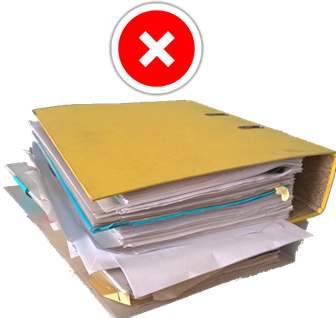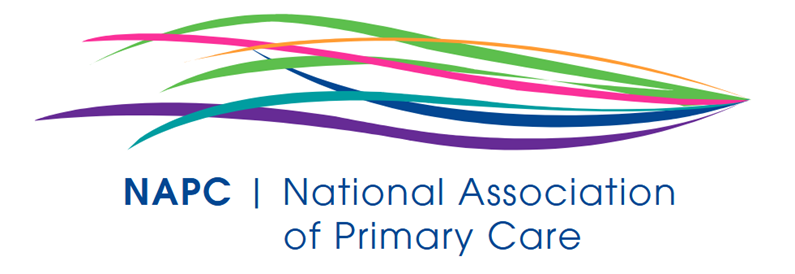The Evidence Folder is meant to be your "Executive Summary" and it is important to keep it brief and concise.
Treat it as your 30-minute presentation to show how well organised you are. So, exercise care not to clog it up with detailed paperwork, that can be filed elsewhere.
The type of documents the file should contain are logs and summaries that give an overview of the evidence and activities. Supporting paperwork should be kept in separate folders and only produced if requested.
By keeping the file clean and minimalist, it will be easier to navigate; easier to work with; easier to do a presentation with. Looking for a document buried in a thick pile can be counterproductive especially if you can't find something when under pressure.
| It is usually better to have a well thought out log of the checks and reviews you have done rather than the actual documents. With this in front of you, you can start a conversation rather than worrying if everything is there, which will make your approach defensive Examples of what should NOT be in the file:-
|
|


